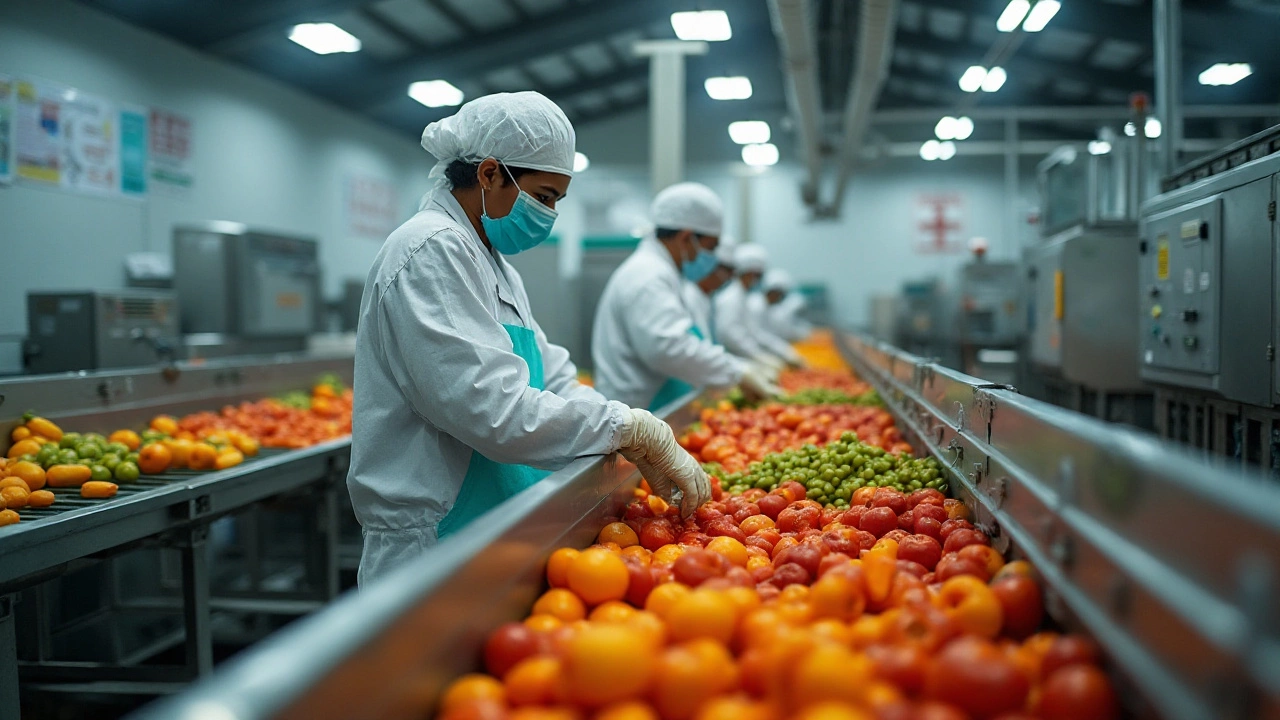Contaminants in Manufacturing
When working with Contaminants, unwanted substances that can degrade product quality, safety, or performance in a production environment. Also known as impurities, it poses risks ranging from minor defects to major health hazards, manufacturers need a clear strategy to keep them in check. Contaminants are not random; they are generated by specific manufacturing processes and can travel through material handling steps. The first line of defense is a robust Quality Control, system that monitors, detects, and eliminates unwanted particles before they reach the final product. Quality control relies on precise testing, real‑time monitoring, and strict acceptance criteria, which together drive down impurity levels. Complementing this effort is Material Purity, the degree to which raw inputs are free from foreign substances. High‑purity inputs lower the baseline risk, making downstream control easier and cheaper. Together, these three elements—contaminants, quality control, and material purity—form a loop where each improves the other, creating a cleaner production chain.
Safety Standards and Process Design
Beyond internal checks, Industrial Safety Standards, regulatory frameworks that set acceptable contaminant thresholds and prescribe testing methods guide what a plant must achieve to stay compliant. Standards such as ISO 14644 for cleanrooms or FDA guidelines for food‑grade facilities dictate not only the maximum allowable impurity levels but also the documentation needed to prove compliance. When a plant designs its manufacturing processes with these standards in mind, it can prevent many sources of contamination at the source—think sealed material transfers, filtered air streams, and contamination‑resistant tooling. The relationship is clear: safety standards shape process design, and well‑engineered processes keep contaminant generation low. This connection helps companies avoid costly recalls, protect worker health, and maintain market reputation. It also feeds back into quality control by reducing the number of out‑of‑spec samples that need to be investigated.
Effective risk management also calls for routine testing methods such as spectroscopy, microbial assays, and particle counting, which provide the data needed to verify that both quality control and safety standards are being met. When testing reveals a spike in impurity levels, the response chain—starting with process adjustment, followed by tighter material purity checks, and ending with updated quality control procedures—keeps the system resilient. This closed‑loop approach ensures that contaminants never become a hidden cost. Below, you’ll find a curated collection of articles that dive deeper into specific contaminant sources, mitigation techniques, and industry case studies, giving you actionable insights to keep your manufacturing line clean and compliant.
